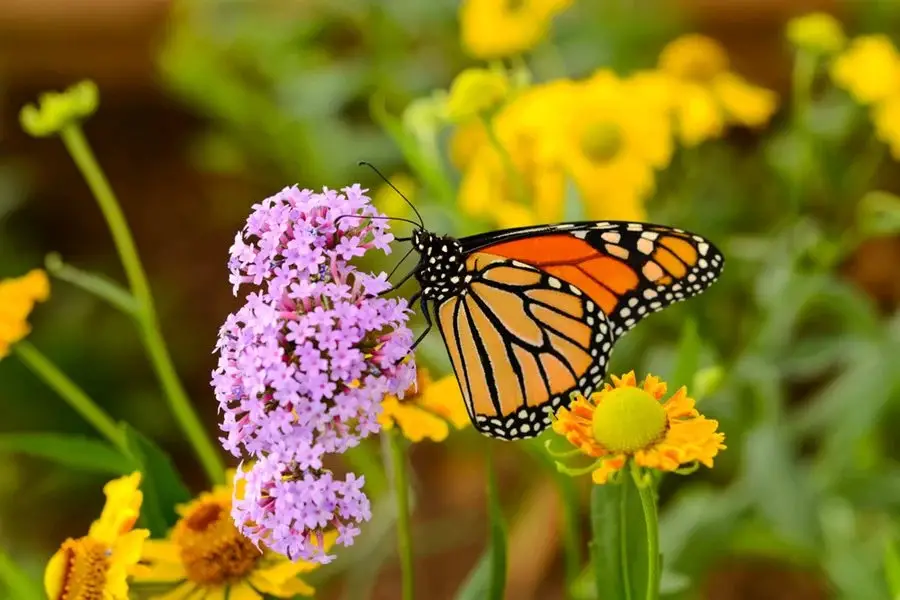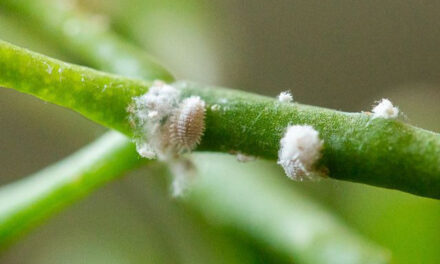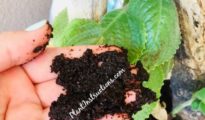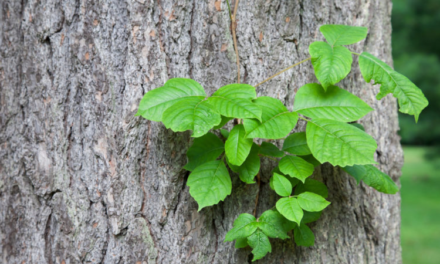Butterfly gardens are not only beautiful but they are also important in helping to sustain pollinators. The decline of pollinators, such as butterflies and bees, has been a major concern in recent years due to factors such as habitat loss, pesticide use, and climate change. As gardeners, we can do our part to support these vital creatures by creating a butterfly garden in our own yards. In this article, we will discuss the beauty of a butterfly garden and offer tips on how to attract pollinators to your yard.

Why Butterfly Gardens are Important
Butterfly gardens are important because they help to sustain pollinators. Pollinators play a crucial role in the ecosystem by pollinating flowers, fruits, and vegetables. Without pollinators, many plant species would become extinct, and our food supply would be severely impacted. Butterflies, in particular, are important pollinators because they are attracted to a wide variety of plants and can travel long distances. By creating a butterfly garden in your yard, you are not only helping to sustain pollinators but also creating a beautiful and peaceful space for yourself to enjoy.
How to Attract Pollinators to Your Yard
Creating a butterfly garden is easy and can be done by following a few simple steps. Here are some tips on how to attract pollinators to your yard:
Choose the Right Plants
The first step in creating a butterfly garden is to choose the right plants. Butterflies are attracted to flowers that have bright colors, strong scents, and nectar. Some examples of plants that attract butterflies include:
- Milkweed: This is a must-have plant for any butterfly garden because it is the only food source for monarch butterfly caterpillars.
- Butterfly weed: This is a native plant that produces bright orange flowers that attract a variety of butterflies.
- Coneflowers: These plants produce large, daisy-like flowers that come in a variety of colors and are a favorite of butterflies.
- Black-eyed Susans: These plants produce bright yellow flowers that attract a variety of pollinators, including butterflies.
- Bee balm: This plant produces bright red, pink, or purple flowers that are a favorite of butterflies and hummingbirds.
In addition to these plants, it is important to choose a variety of plants that bloom throughout the season so that there is always a source of nectar available for butterflies.
Provide Shelter
Butterflies need shelter to rest and escape from predators. You can provide shelter for butterflies in your yard by adding plants that provide cover, such as shrubs and bushes. You can also add a butterfly house or create a small pile of rocks or sticks for butterflies to rest on.
Provide a Water Source
Butterflies need a water source to drink from. You can provide a water source for butterflies in your yard by adding a shallow dish filled with water and some rocks for butterflies to perch on. Make sure to change the water frequently to prevent mosquitoes from breeding.
Avoid Pesticides
Pesticides are harmful to pollinators and can kill butterflies and other beneficial insects. Instead of using pesticides, try natural methods of pest control, such as companion planting or handpicking pests off of plants. You can also use insecticidal soap or neem oil, which are less harmful to pollinators.
Maintain Your Garden
Maintaining your butterfly garden is important to keep it healthy and attractive to pollinators. Make sure to prune dead flowers and leaves, weed regularly, and water your plants when necessary. You can also add compost or organic fertilizer to your soil to improve its health.
Creating a butterfly garden is a rewarding and important way to support pollinators and beautify your yard. By following the tips mentioned above, you can create a beautiful and thriving butterfly garden that will attract a wide variety of pollinators.
Not only will your butterfly garden be beneficial to the environment, but it will also provide you with a peaceful and relaxing space to enjoy nature. Watching butterflies fluttering about and pollinating your plants can be a truly satisfying experience.
In addition to the tips mentioned above, there are a few other things to keep in mind when creating a butterfly garden. Here are some additional tips to consider:
Research Native Plants
When selecting plants for your butterfly garden, it is important to choose native species whenever possible. Native plants are well adapted to your climate and soil conditions, making them easier to grow and maintain. They also provide a habitat for local wildlife, including pollinators.
Use a Variety of Colors
Butterflies are attracted to a wide range of colors, so it is important to use a variety of colors in your garden. Bright colors, such as red, orange, and yellow, are particularly attractive to butterflies. However, don't forget to include some plants with white, pink, and purple flowers as well.
Create a Sunny Spot
Butterflies are cold-blooded creatures, which means they need the sun to warm up their bodies. Creating a sunny spot in your garden will attract more butterflies. Make sure to place your butterfly garden in an area that receives at least six hours of sunlight per day.
Consider Adding Host Plants
In addition to nectar plants, it is also important to include host plants in your butterfly garden. Host plants are plants that caterpillars feed on, and they are essential for the survival of butterflies. For example, if you want to attract monarch butterflies, you will need to include milkweed in your garden, as it is the only plant that monarch caterpillars will eat.
Incorporate Different Plant Heights
Butterflies are attracted to plants of different heights, so it is important to incorporate plants of varying heights in your garden. This will provide a variety of perches for butterflies to rest on and will create a more visually appealing garden. You can use tall plants, such as sunflowers, in the back of your garden and shorter plants, such as zinnias, in the front.
Final Thoughts
Creating a butterfly garden is a fun and rewarding way to support pollinators and add beauty to your yard. By following the tips outlined in this article, you can create a thriving butterfly garden that will attract a wide variety of pollinators. Remember to choose the right plants, provide shelter and a water source, avoid pesticides, maintain your garden, and research native plants, use a variety of colors, create a sunny spot, consider adding host plants, and incorporate different plant heights.
Whether you have a large backyard or a small balcony, you can create a butterfly garden that will bring joy and beauty to your life while also making a positive impact on the environment. So, what are you waiting for? Start planning your butterfly garden today!



















